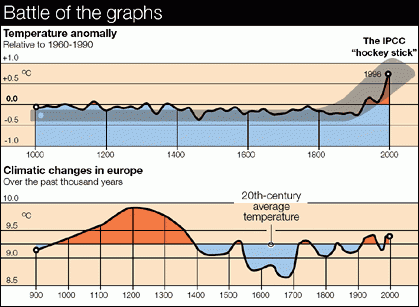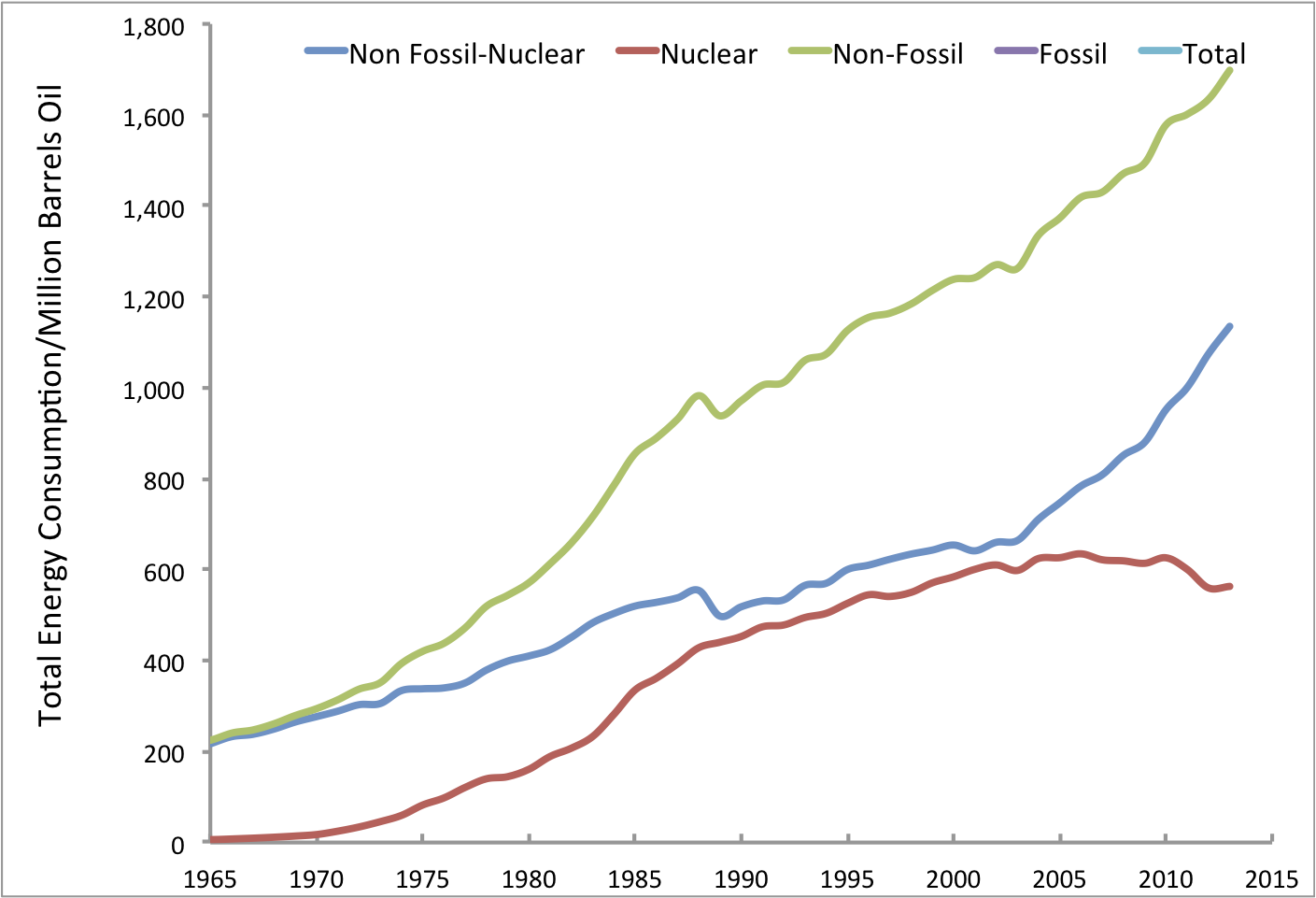Maybe There Is Something You Don't Know
 Splendid food fights have broken out at the Weasel's, Willard Tony's and Jo Nova's about Junior Rocket Scientist David Evans New Notch Delay Solar Theory. Eli will let David summarize this
Splendid food fights have broken out at the Weasel's, Willard Tony's and Jo Nova's about Junior Rocket Scientist David Evans New Notch Delay Solar Theory. Eli will let David summarize this
We assume the system from solar radiation (TSI) to surface temperature is linear and invariant, so we use sinusoids and frequencies to do the analysis. The TSI peaks every 11 years or so, yet there is no detected corresponding peak in the temperature, which is unexpected. This implies there is a natural notch filter that filters out the 11-year hum from the SunThe Weasel summarizes the conclusion
Roll on BIG NEWS part IV: A huge leap understanding the mysterious 11 year solar delay. These people are not shy about their headlines (yes, I have pointed them to the terrible example of AW’s paper but it just bounced off. I’m not sure how they’re going to cope when this all falls apart. Will they quietly forget it, like AW and his paper? Will it become part of their background mythology? But I digress). Although its putatively a “physical mechanism” its an unknown physical mechanism, so its called “force X” (from Outer Space). For some odd reason, its 11 years delayed, or something, please don’t accuse me of reading all the details, and “Force X has ten to twenty times more influence on temperatures on Earth than changes in the direct heating effect of TSI (a result we will show later)”. Um, that was a surprise. I was expecting “force X” to have about the same, but opposite, amplitutde; therefore cancelling out the solar forcing. Something that had 20 times the amplitude, but an 11 year cycle, would produce an obvious and visible effect. At this point, either what they are saying, or my own poor understanding, is clearly lacking; so I’ll leave you to read their stuff and make up your own minds.There is a splendid to and fro at WT's between Monckton of Benchley and Leif Svalgaard about whether or not Jr. Rocket Scientist David Evans used a reasonable total solar insolation data set to regress against or Fourier transform or whatever. Perhaps with more time this might be excerpted and published as a Kindle edition.
But, and to repeat himself one more time, you bunnies out there know that a but is coming, the whole thing, theory, spittle, braying, chest pounding and all is besides the point.
Simply put it is well known why surface temperature records show no dependence on the solar cycle, the answer being ozone and oxygen and other scattering. It turns out that almost all of the variability in the solar spectrum is below 300 nm, and none of that makes it below the ozone layer. Let Guy Brasseur tell you why
Variation in the amount of solar energy intercepted by the earth has affected past climate, specifically over long timescales. Changes generated by periodic modifications in the orbital parameters of the earth have probably triggered the successive transitions between ice ages and warmer periods with time periods of typically 100,000 years.
Variations in the radiative energy emitted by the sun associated with the 11-year solar cycle directly affect the upper atmosphere but not substantially the lower atmosphere and the Earth surface. Small indirect influences propagating from the middle and lower atmosphere are, however, possible.
Thus, even though the sun could generate tiny periodic fluctuations in the surface temperature and in the atmospheric dynamics, it cannot generate the persistent temperature trend that has been observed since the preindustrial area. The best explanation is therefore that the observed long-term trend in temperature results from the increasing atmospheric abundance of greenhouse gases. This explanation is based on well-established and experimentally verified physical concepts.
 Basically TSI, or more accurately changes in the UV component of TSI, drives huge changes in the upper (above 100 km) atmosphere such as the poor thin thing is. There are observable, but not obvious without some work on the data sets, changes in the stratosphere driven by oxygen and ozone absorption and and dissociation. But there is little to nothing in the troposphere, and what miniscule change on the 11 year cycle is observed in the troposphere is indirect, driven by stratospheric changes.
Basically TSI, or more accurately changes in the UV component of TSI, drives huge changes in the upper (above 100 km) atmosphere such as the poor thin thing is. There are observable, but not obvious without some work on the data sets, changes in the stratosphere driven by oxygen and ozone absorption and and dissociation. But there is little to nothing in the troposphere, and what miniscule change on the 11 year cycle is observed in the troposphere is indirect, driven by stratospheric changes.Someolderbunnies may remember when the point about UV variability became the flavor of the day amongst the denial set. Force X, like Chemical X is not to be used without caution. If Eli may distort a phrase, denial repeats itself first as ignorance and then as farce.



















